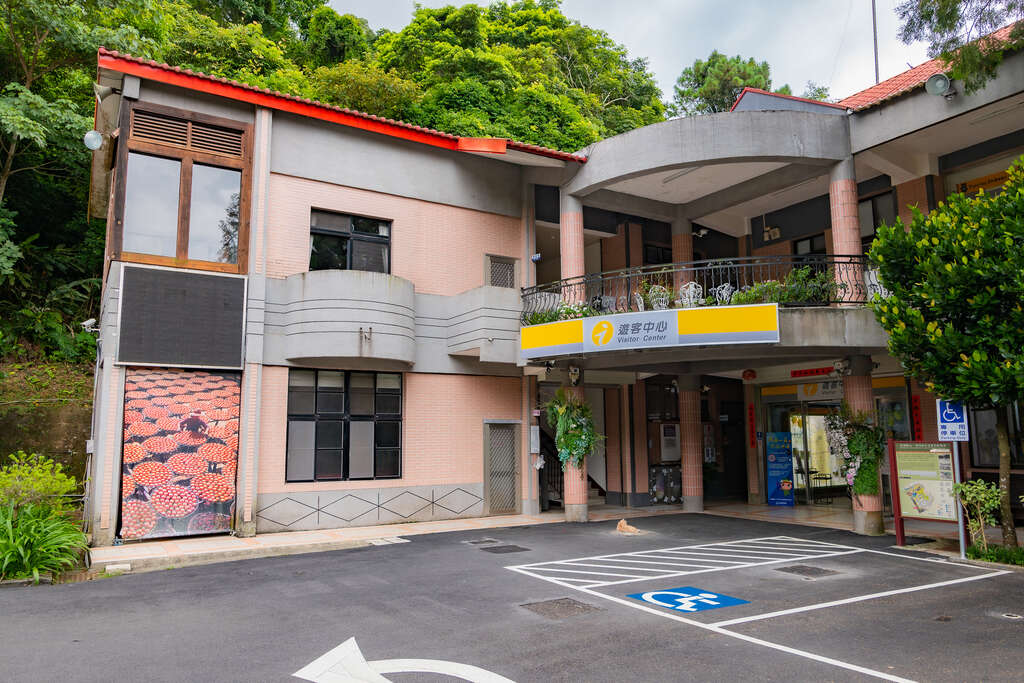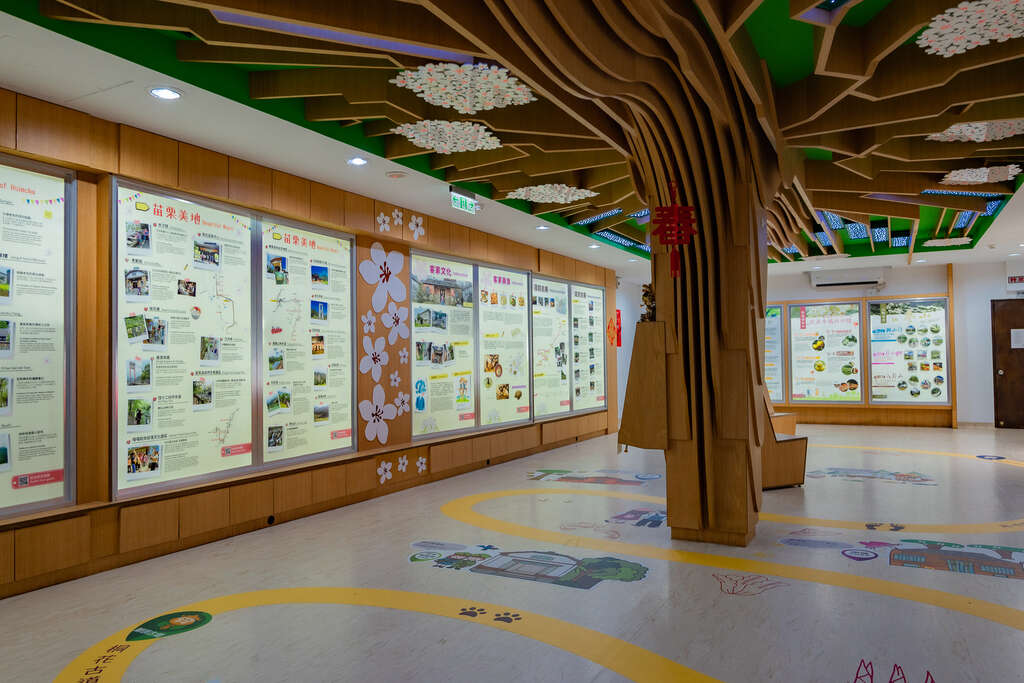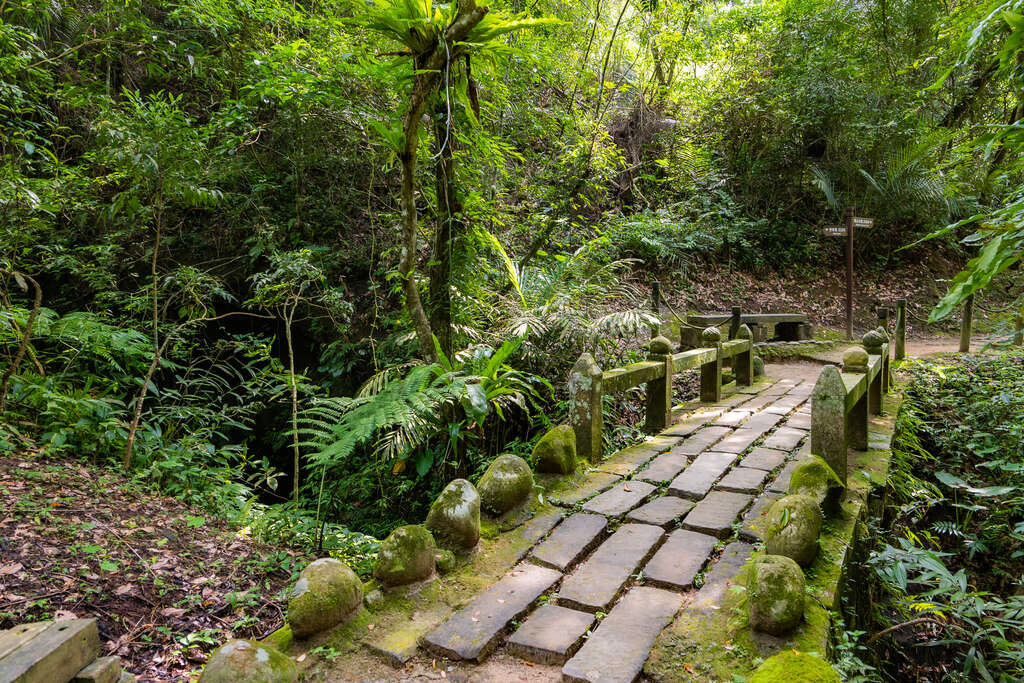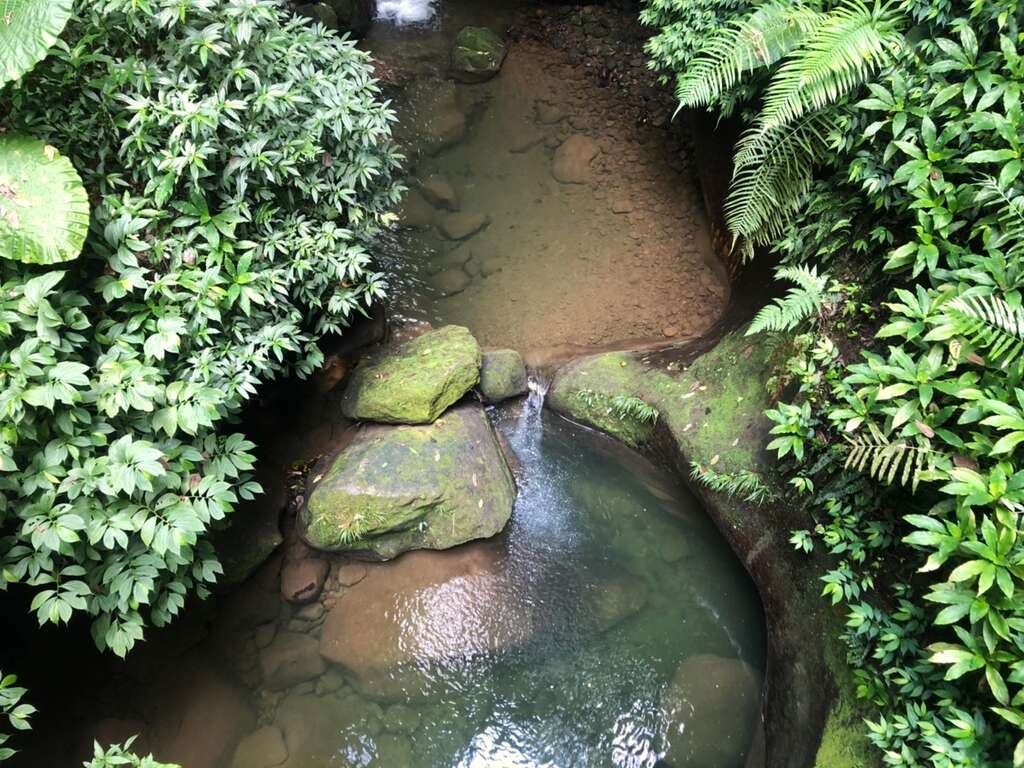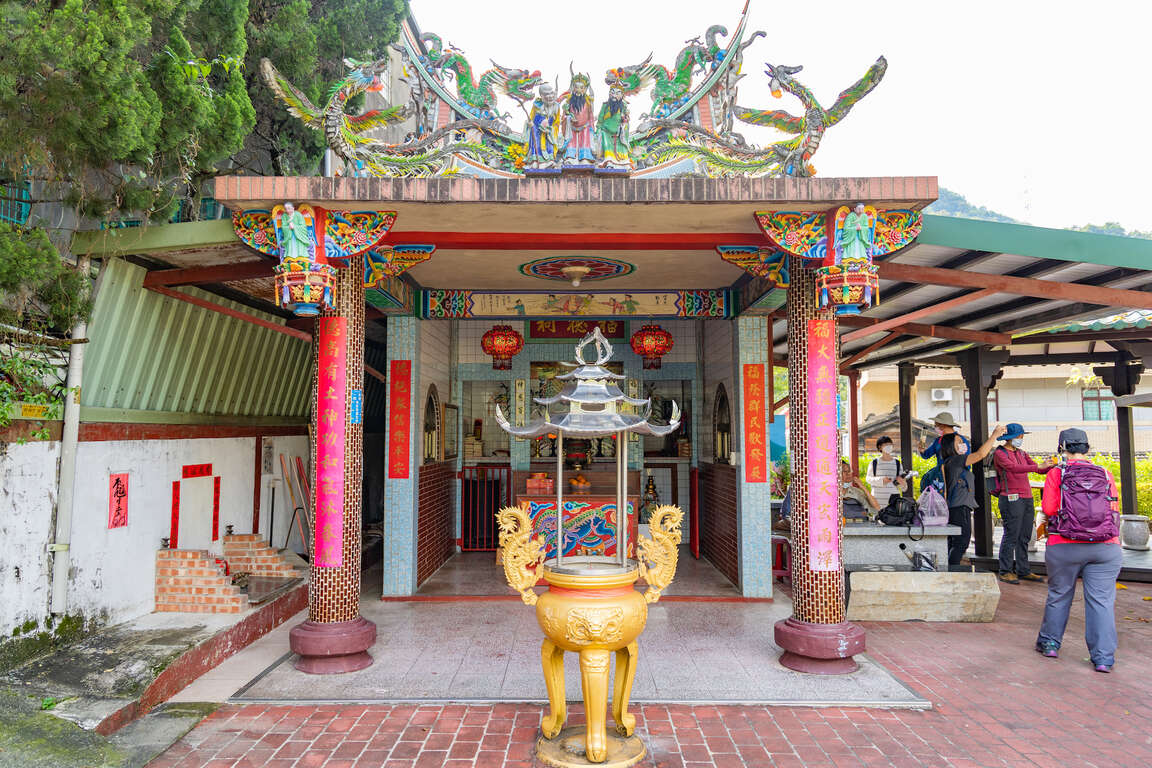※Can enter/exit from both ends
※GPX files must be opened with suitable apps, such as Hikingbook.
Shien Ancient Trail was originally a major thoroughfare connecting Emei and Beipu, but with industrial development and the expansion of highway network, this road was gradually less used and eventually became buried in nature. Now, with the efforts of the Society of Wilderness and Taiwan Thousand Miles Trail Association, Shien Ancient Trail has been restored by hand and now is open to public again. With its rich nature, wildlife, culture, and history, Shien Ancient Trail offers hikers opportunities of new discovery every step of the way.

Let's visit Shien Ancient Trail online first!
- The ancient trail is rich in ecological resources. Along the way, you can hear the barking of Reeves's muntjacs and see flying butterflies and many endemic plants of Taiwan.
- There are many cultural and historical sites, witnessing the ancestors' life here.
- The section where you must cross the creek adds a little challenge and fun to the hike.
- Guide: Mr. Zhang Xunzhu
- Booking:Tel:+886-3-561-8255
- Some sections of the trail are narrow. Please proceed with caution.
- There is a section of the trail where you must cross the creek. Pay close attention to the water volume and proceed carefully.
- There are no toilets at the entrance/exit or along the trail. If necessary, you can use the restroom at Nanwai Community Activity Center or Shishan Visitor Center.
- Environmental protection is a shared responsibility. Do not litter on the ancient trail.

The iron gate at the end of Shiyingzi Bridge separates the ancient trail and the industrial road. After passing through the gate, you will enter the realm of nature. The Raknus Selu Trail ribbon and the No. 001 mileage marker at the fork also indicate the beginning of Shien Ancient Trail.

Shien means "stone-covered hill" in the Hakka language. Shiyingzi Mountain is nearby so the locals called this place Shien. Therefore, the ancient trail that is under the ridge of Shiyingzi Mountain is called Shien Ancient Trail.

There is a section of the trail where you must cross the creek. There used to be a bridge here (ruins of bridge piers on both sides can still be seen). However, after the damaging of heavy rain, crossing the creek is now by going over the hard stone plates in the creek, making this section of the ancient trail quite special.

At the other end of Shien Ancient Trail is an old Sanheyuan called Qinghe Hall with a history of nearly a century. It was built by the ancestors when they came to Emei from Beipu via Shien Ancient Trail. It is a well-preserved Hakka-style building.

Fengluque, the ditches ancestors dug on the ridgeline, were used by Han people as the Aiyong Line (the defense line against the attack of indigenous people) . Later, Han people went deeper into the mountains. The surrounding mountains were developed as tea gardens. As Fengluque is located on the ridgeline at the top of the mountain, the cool breeze also made it a rest stop for porters who transported tea at that time.

Along the way, you can see many relics from the agricultural era, such as the ruins of terraced fields along the hillside, and the slope protection and irrigation canal, all of which have witnessed the hard work of the ancestors.

At Shien Ancient Trail, you can enjoy the secondary forest landscape with diverse nature and wildlife. The terraced fields reclaimed by the ancestors were abandoned for decades, from which new forest grew. In the process, many wild animals have also returned here.
As soon as you are on the ancient trail, in addition to hearing the barking of Reeves's muntjacs, you can see the tracks of wild animals along the rock wall. You can also see a variety of insects and birds, such as the colorful butterflies, and Taiwan blue magpies.
In terms of plants, along the way, you can see trees in the mulberry family Ficus fistulosa, King's fig, and red fruit fig tree; as well as rusty-leaf Muuna, chrysanthemum wood, and broadleaf elatostema. In addition, the low-altitude leguminous plant with the largest pods, soap-bark vine, can be seen here. There are rich ecological resources here.

Nanwai Community can be said to be the entrance of Shien Ancient Trail. It is famous for Nanwai Butterfly Village. Around the eco pool behind the community activity center, you can enjoy the magnificent sight of a great variety and volume of butterflies flying around. Packaged tours and community guided tours are offered at the community activity center, allowing visitors to gain in-depth understanding of attractions in the communities such as the Jiang Family Courtyard and Qianduanqi Ancient Trail.
Shishan Visitor Center was formerly known as Shishan Elementary School. After the school was closed for many years, it was reborn as a visitor center. In addition to providing travel information, the visitor center also provides a number of services including power bank rental, drinking water, and restrooms. Xiexin Tea House next to the visitor center serves meals. It is also a tung flower viewing spot during the blooming season.
There are many trails and ancient trails around Shishan Visitor Center, such as Shuiliandong (Shuilian Cave) Trail, Shuilian Bridge Trail, Liuliao Ancient Trail, Tengping Trail, and Shishan Ancient Trail. During Tung Flower Festival, you can also enjoy the scenery of snow-white tung flowers here, which brings many tourists here every year.
The entrance of the century-old Shuilian Bridge Trail is right next to Shishan Visitor Center. The trail offers rich natural and cultural scenery. You can see one of the three bridges between Beipu and Nanzhuang from the Japanese Rule period, the stone arch bridge, Shuilian Bridge, that was built using glutinous rice as an adhesive. You can also enjoy viewing the huge potholes formed by nature.
Shuiliandong Trail is followed by Shuilian Bridge Trail that is also located around Shishan Activity Center. Shuiliandong is the largest cave in Shitou Mountain and its scale is spectacular. Here, you can admire Fanyin Temple of Shuiliandong that is built inside the cave. The origin of the name, Fanyin, comes from the sounds of Shuilian waterfall that resemble Sanskrit sounds.
Quanhua Temple is the center of local belief. It is the largest of the temples in Shitou Mountain and one of the earliest temples. In addition to worshipping here, as the temple is located on the high ground, you can also enjoy the scenery from the platform in front of the main hall. On a good day, you can even overlook Nanzhuang streets. It is worth a visit.
Take bus 5627 to Xiaonankeng, get off and walk towards Green Village for about 20 minutes to Shiyingzi Bridge Ancient Trail entrance.
From HSR Zhubei Station/ HSR Hsinchu Station, take 5700 Taiwan Tourist Shuttle Shishan Line to Shishan Visitor Center. After getting off, walk for about 7 minutes to Baxian Bridge bus stop. After crossing the bridge, go straight ahead for about 7 minutes to Qinghe Hall and you will find the trail entrance.


